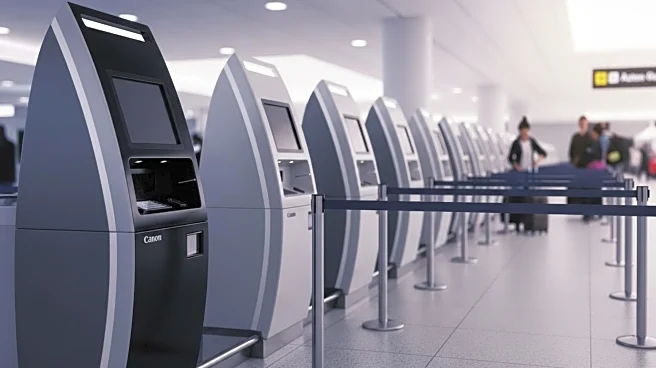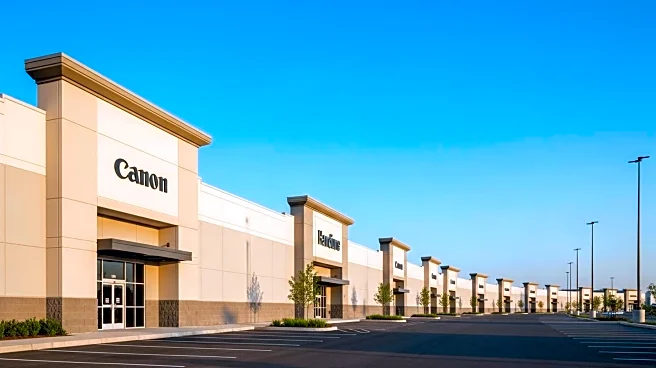What's Happening?
The global self-checkout systems market in retail is projected to reach over USD 10.6 billion by 2034, growing at a compound annual growth rate (CAGR) of 13.2%. This growth is driven by increasing retail space costs and the demand for customer convenience. Self-checkout systems, also known as aided-checkout or self-service checkouts, allow customers to complete transactions independently, enhancing operational efficiency and reducing labor costs. The adoption of these systems is further accelerated by labor shortages, rising personnel costs, and a growing preference for digital payment methods. The integration of advanced technologies like the Internet of Things (IoT) and cloud computing is also contributing to a more seamless shopping experience.
Why It's Important?
The expansion of self-checkout systems in retail is significant for several reasons. It addresses the challenges of rising retail space costs and labor shortages, which are critical issues for retailers. By reducing the need for staffed counters, these systems help lower operational costs and improve transaction accuracy. The shift towards digital and contactless payments, accelerated by the COVID-19 pandemic, has increased the demand for such technologies. Retailers adopting self-checkout systems can enhance customer satisfaction by reducing wait times and offering a more personalized shopping experience. This trend is likely to impact the retail industry by encouraging further technological integration and innovation.
What's Next?
As the self-checkout market continues to grow, retailers are expected to increasingly adopt these systems to stay competitive. The North American market, particularly in the U.S. and Canada, is anticipated to secure a substantial share due to rapid technology adoption and favorable economic conditions. In the Asia-Pacific region, the popularity of travel destinations like the Middle East is prompting businesses to implement advanced technologies to attract customers. However, challenges such as stringent government regulations and the high costs of advanced technologies may constrain market expansion. Retailers will need to navigate these challenges while leveraging strategic collaborations to implement self-checkout systems effectively.










